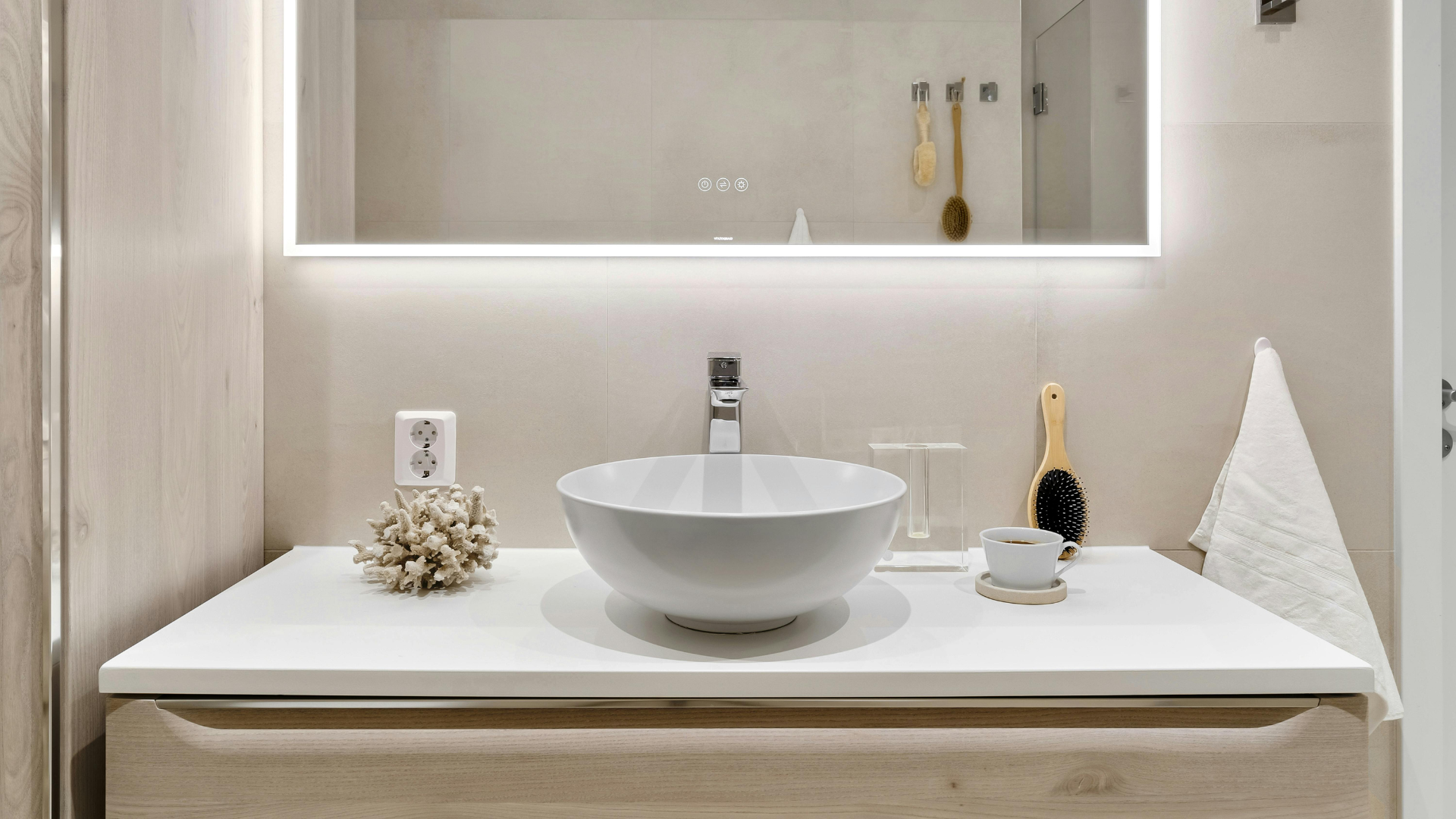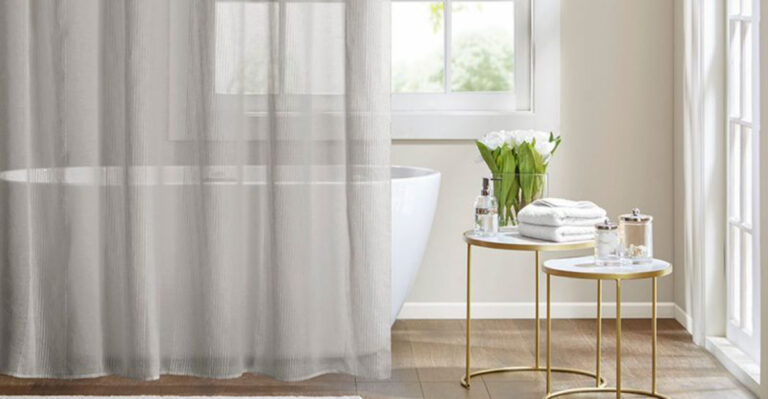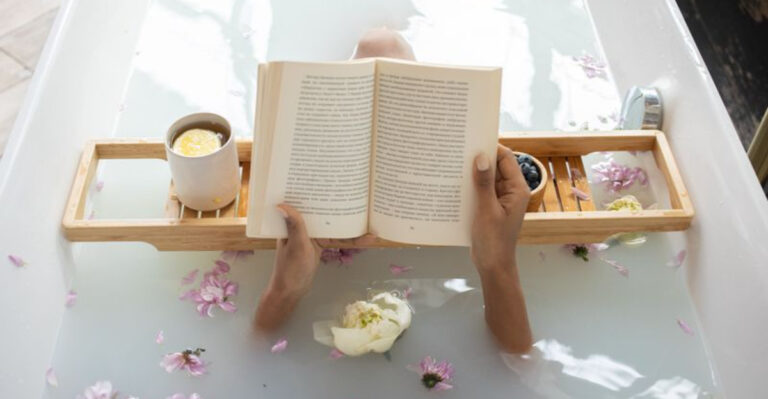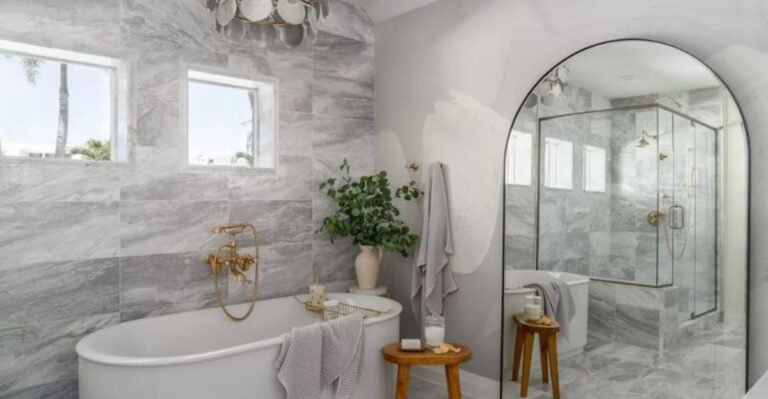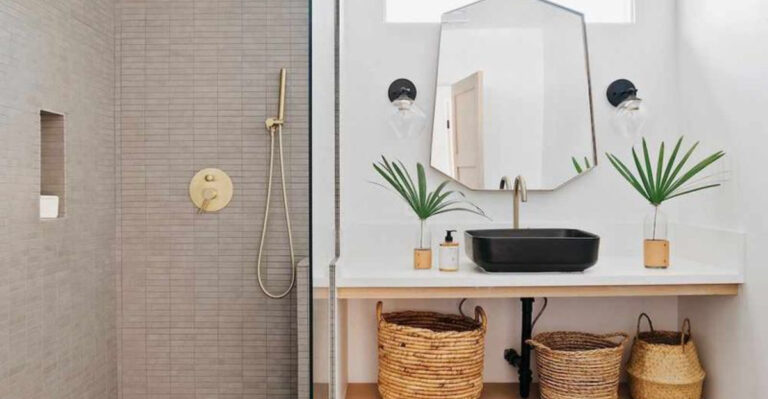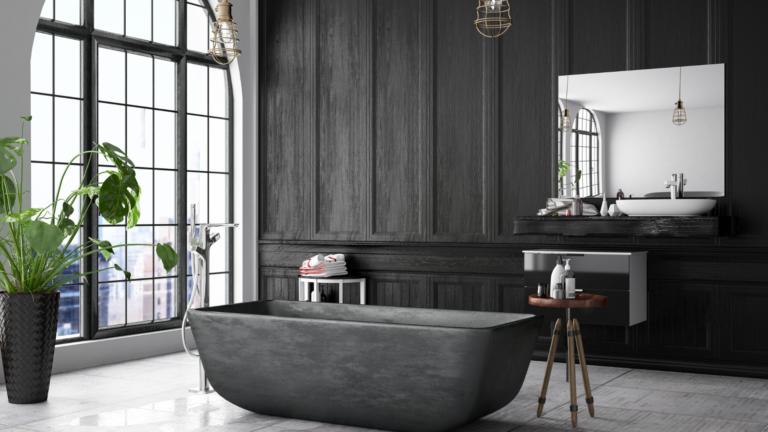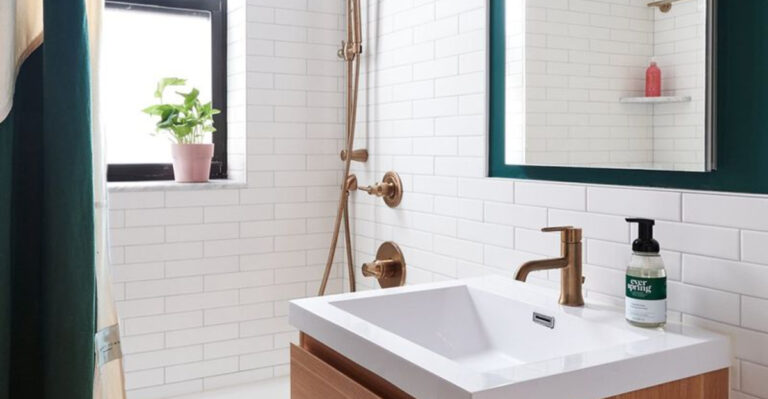17 Mistakes Everyone Makes When Upgrading Their Bathroom Vanity
Upgrading a bathroom vanity sounds pretty straightforward, but it can be trickier than it seems. What starts as a small project often turns into a bigger hassle if you’re not prepared.
I’ve seen people run into issues like buying the wrong size, overlooking plumbing needs, or realizing too late that the materials don’t hold up well in a humid space.
It’s easy to get caught up in the excitement of a fresh look and forget the practical details. Before making any changes, it’s worth knowing what to avoid so everything comes together the way you hope.
1. Forgetting To Measure

Eyeballing dimensions might work for hanging pictures, but not for vanities! Many folks buy a gorgeous new cabinet only to discover it won’t fit through the bathroom door.
Measure your doorways, hallways, and stairwells before purchasing. Write down your space dimensions too, including the height, width, and depth available for your new vanity.
Remember to note plumbing locations and wall outlet positions so you aren’t surprised later.
2. Ignoring Plumbing Requirements
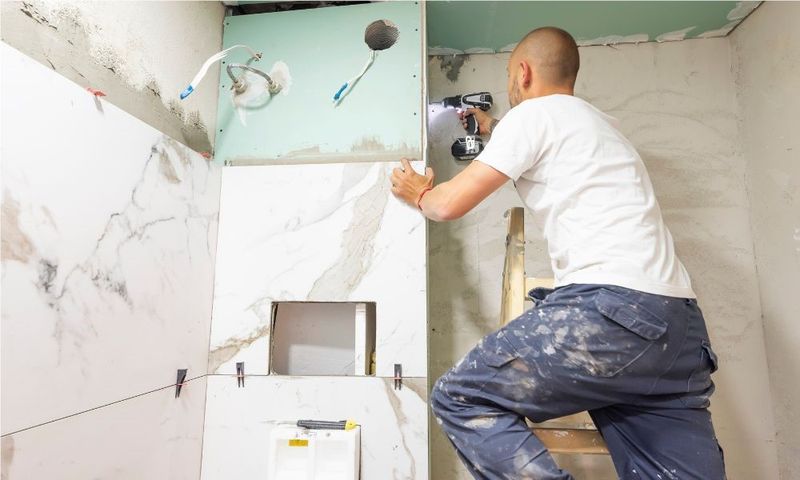
Your dream floating vanity looks amazing in magazines, but might require completely relocating your plumbing. Moving water lines and drains isn’t just expensive – it can double or triple your budget overnight.
Sometimes plumbing dictates where your vanity must go unless you’re prepared for major construction. Consider vanities that work with your existing setup if you’re on a tight budget.
Plumbing surprises account for most renovation nightmares and budget overruns.
3. Choosing Style Over Storage
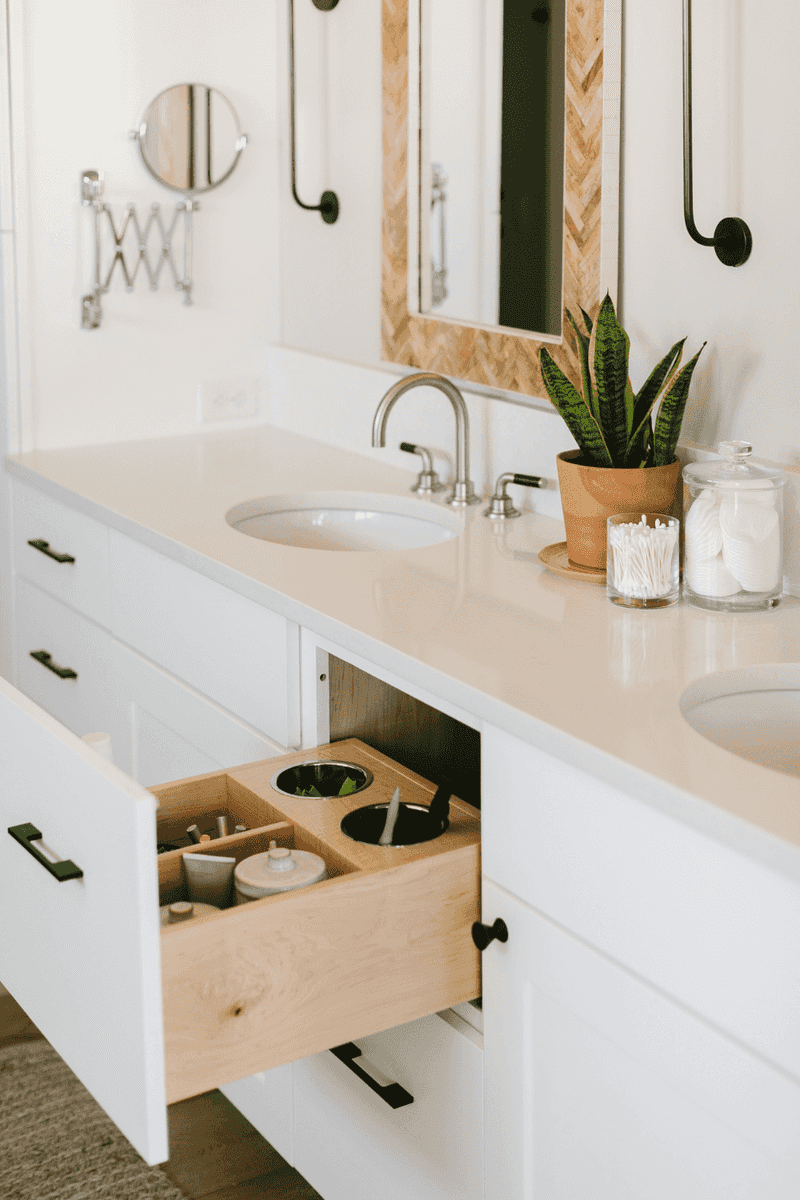
There’s nothing worse than realizing your beautiful new pedestal sink offers zero storage for toiletries. Where will you put your hairdryer, makeup, and cleaning supplies now?
Consider your actual storage needs before committing to a vanity design. Count your items and measure them if needed.
If you love a minimal design, plan for additional storage elsewhere in your bathroom or you’ll regret it when your countertops become cluttered catchalls.
4. Underestimating Installation Complexity
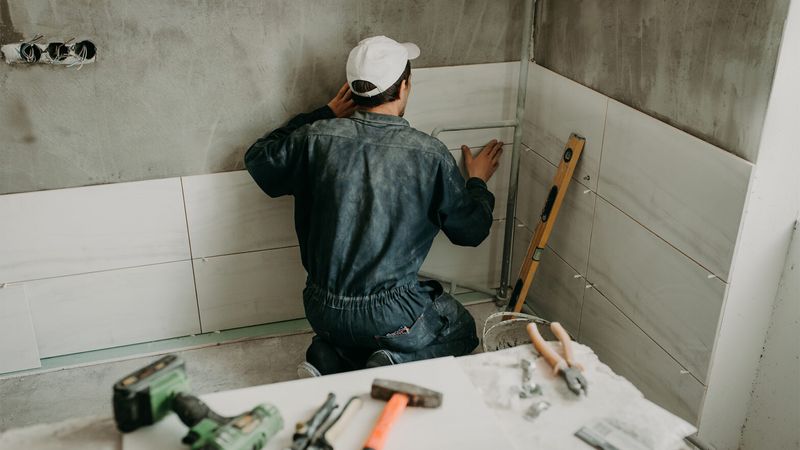
YouTube makes DIY vanity installation look so easy! In reality, you’ll need plumbing skills, carpentry knowledge, and often electrical expertise too.
Many homeowners start confidently then call professionals halfway through, spending more than if they’d hired help initially. Uneven floors, non-standard wall framing, and old pipes complicate what seems straightforward.
Be honest about your skills before starting. Sometimes paying for professional installation saves money in the long run.
5. Buying Cheap Faucets
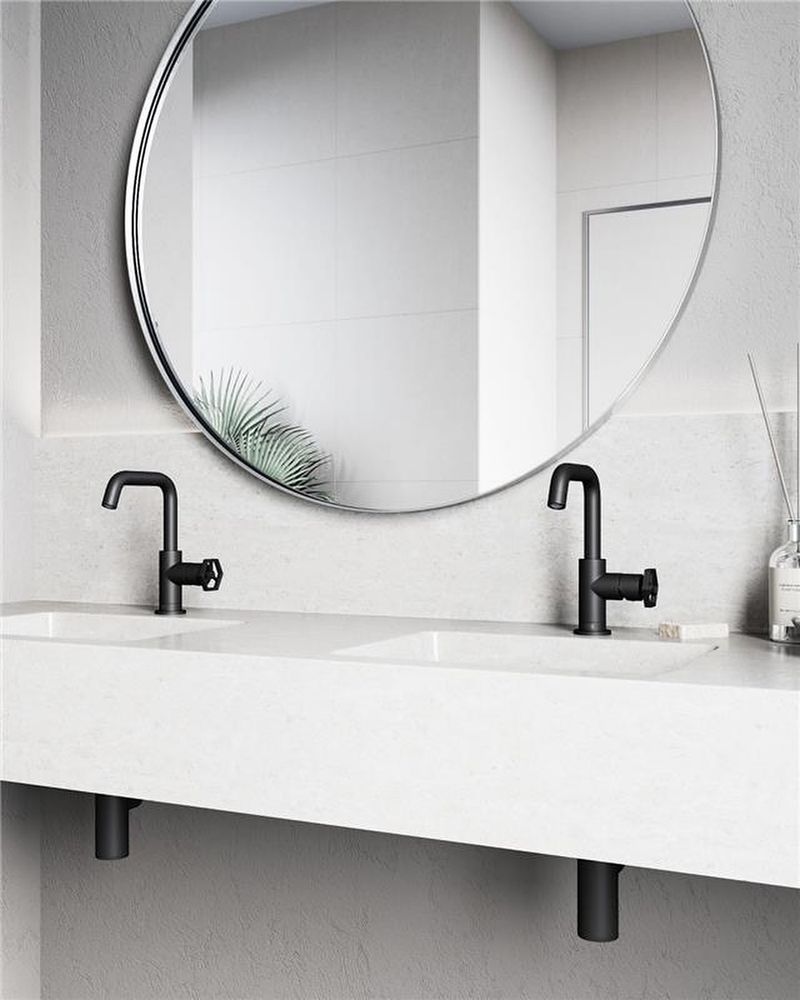
Bargain faucets might look identical to expensive ones in photos. The difference becomes obvious when they start leaking after six months!
Quality faucets use ceramic disc valves and solid brass construction that last years longer than budget alternatives. The internal components matter more than the finish.
Since replacing a faucet means working in tight spaces under your sink, it’s worth investing in quality the first time around.
6. Overlooking Counter Height
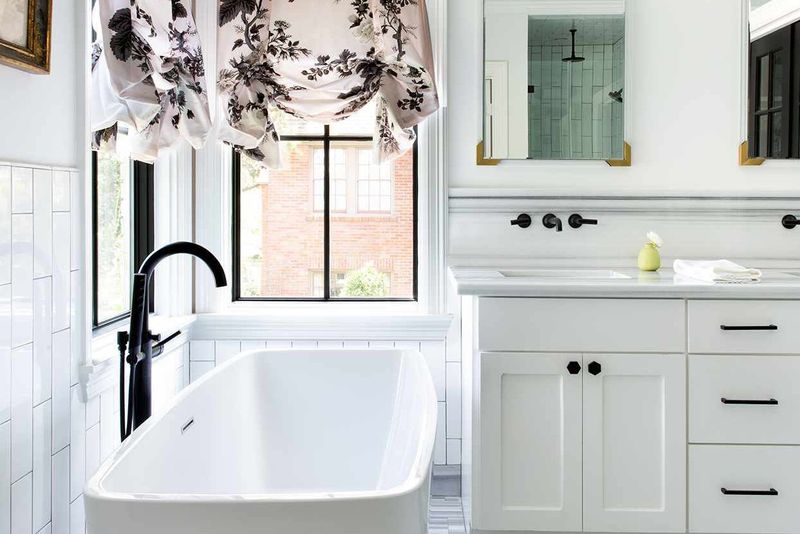
Standard vanities are 30-32 inches tall, but that might not be comfortable for everyone in your household. Tall family members will get backaches from bending over too-short counters every morning.
Comfort heights (36 inches) have become popular for good reason. They reduce strain during daily routines like shaving or applying makeup.
Think about who uses the bathroom most often and choose accordingly. Your back will thank you years from now.
7. Mismatching Vanity And Sink Sizes
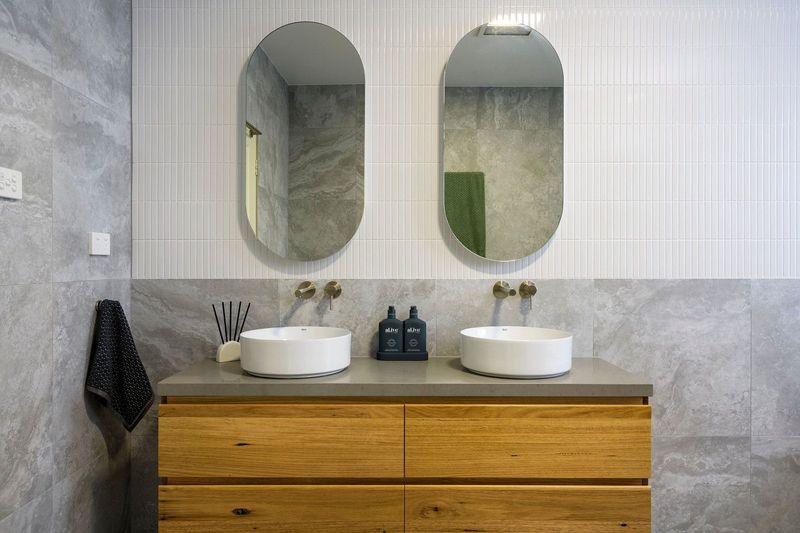
Bigger isn’t always better when it comes to sinks! A massive basin in a small vanity leaves no counter space for essentials.
On the flip side, tiny decorative bowls might look cool but splash water everywhere when you wash your hands. The sink should be proportional to your vanity size and bathroom usage.
For family bathrooms, consider double sinks only if your vanity is at least 60 inches wide, otherwise you’ll create an uncomfortable squeeze.
8. Forgetting About Lighting Needs
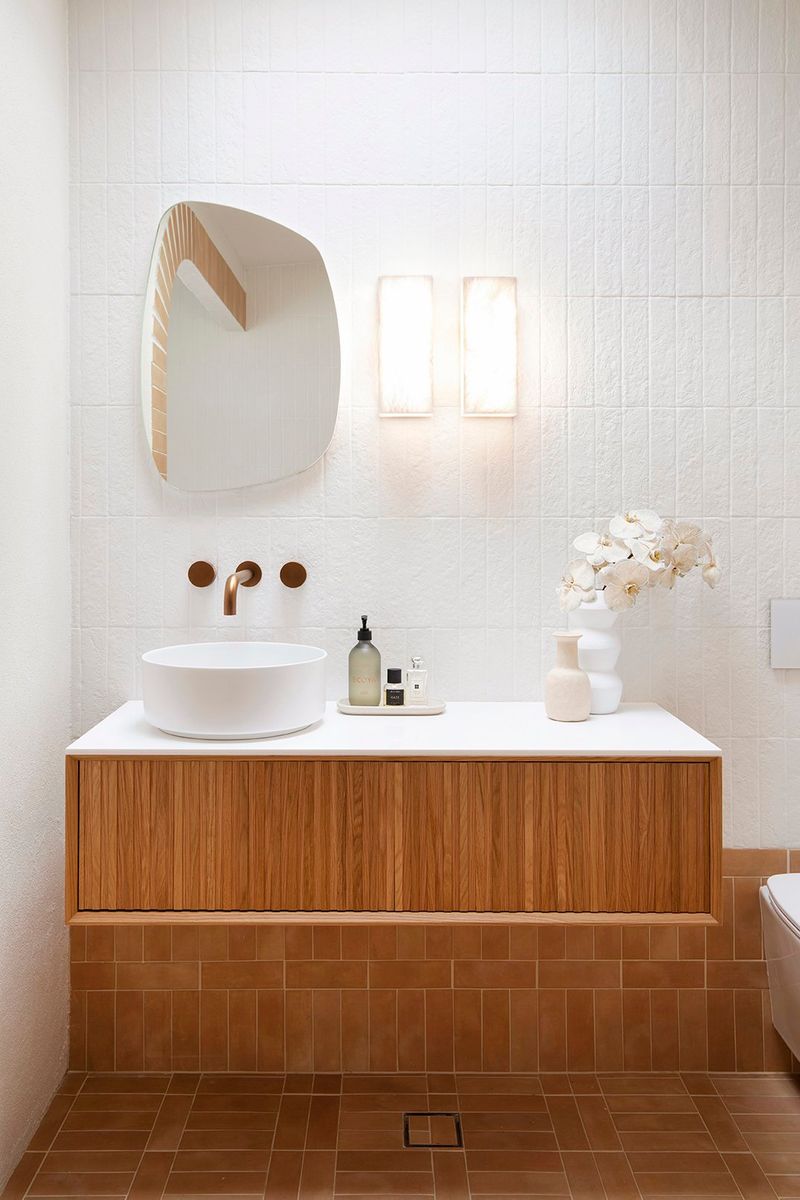
If you’ve ever tried applying makeup in poor lighting, you know how important this is! Many folks install gorgeous vanities without considering how shadows will fall across their faces.
Side-mounted lights at face height provide the most flattering and functional illumination. Overhead-only lighting creates harsh shadows that make grooming difficult.
Think about electrical outlets for beauty tools too – they should be convenient but safe from water splashes.
9. Picking Impractical Countertop Materials
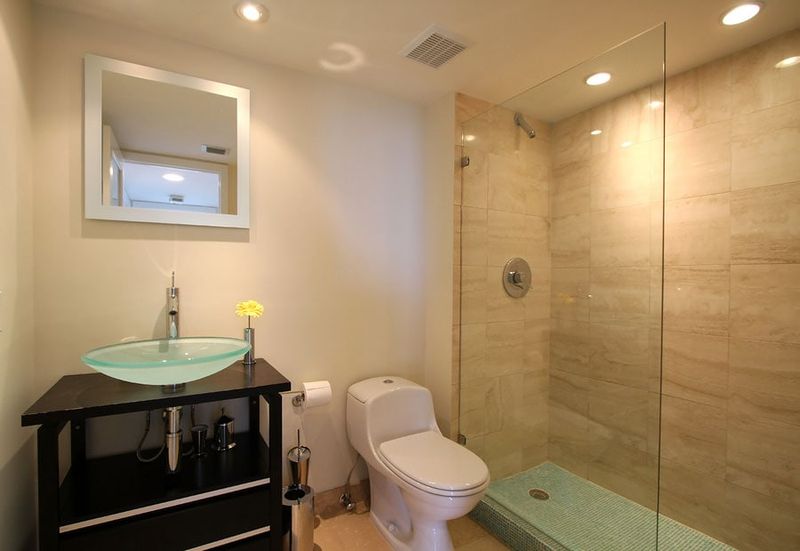
Marble looks stunning in photos but stains easily from cosmetics and requires regular sealing. How often do you actually clean your bathroom counters?
Bathroom countertops face constant water exposure, steam, makeup, hair products, and cleaning chemicals. Materials like quartz or solid surface offer beauty without the maintenance headaches.
White countertops show every speck of makeup powder, while very dark ones highlight water spots and soap scum.
10. Skimping On Drawer Quality

Though hidden from view, drawer quality makes or breaks your daily experience. Flimsy drawers that stick or sag will frustrate you every morning for years!
Look for dovetail joints, solid wood construction, and soft-close mechanisms. These features cost more upfront but prevent the annoyance of drawers that fall apart when loaded with heavy items.
Full-extension drawers allow you to see everything inside without digging around blindly at the back.
11. Not Waterproofing Properly

Water damage silently destroys vanities from the inside out. Splashes around sinks eventually seep into seams and joints if not properly sealed.
Many homeowners skip the crucial step of sealing edges where countertops meet walls or backsplashes. Water infiltration leads to mold, warping, and expensive repairs down the road.
Apply quality silicone caulk around all edges and joints, especially where your sink meets the countertop. This simple step extends your vanity’s life by years.
12. Choosing Trendy Over Timeless
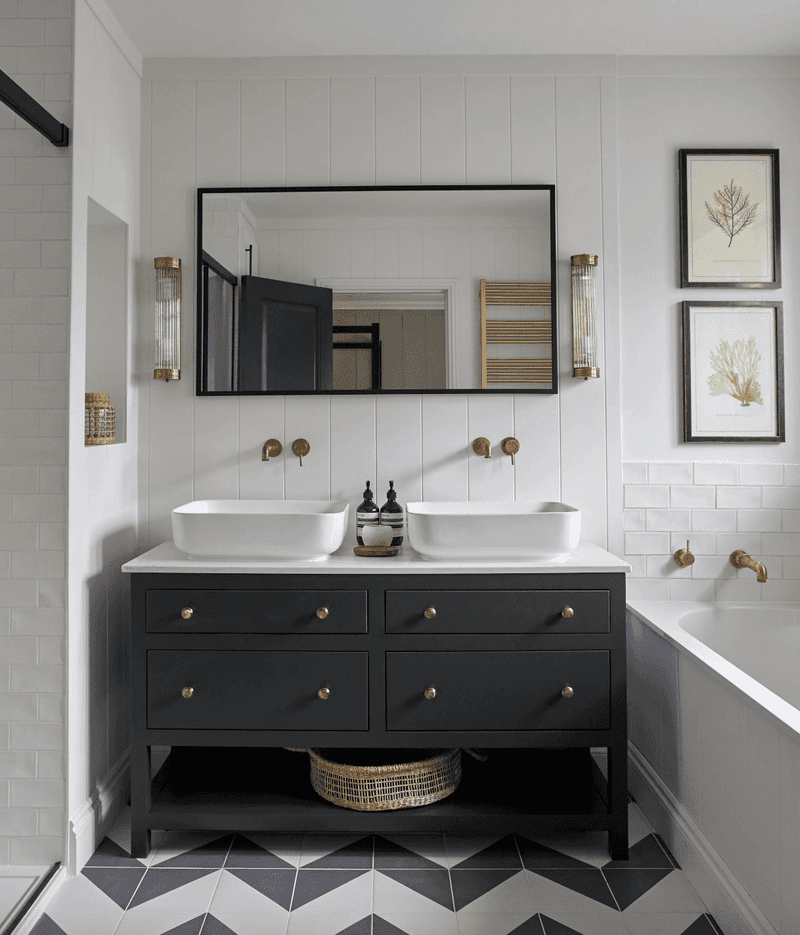
That ultra-modern floating vanity with neon lighting might look amazing on Pinterest, but will you still love it in five years? Bathroom renovations should last 10-15 years before looking dated.
Trendy designs often feel outdated quickly, making your bathroom look older than it actually is. Consider more classic designs with trendy accessories that can be changed easily.
Neutral colors for permanent fixtures and bold colors for towels and accessories gives you flexibility to update your look.
13. Ignoring Ventilation Issues
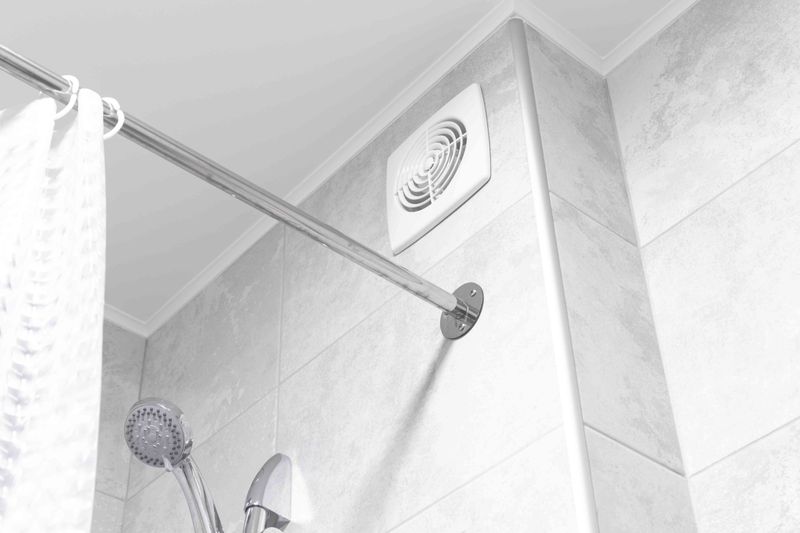
Fancy new vanities often get ruined by bathroom moisture. Without proper ventilation, humidity warps wood, peels finishes, and encourages mold growth.
Make sure your bathroom has an adequate exhaust fan that vents outside, not just into your attic. Run it during showers and for 20 minutes afterward.
Consider moisture-resistant materials for your vanity if your bathroom tends to stay humid or if family members take long, steamy showers.
14. Forgetting About The Mirror
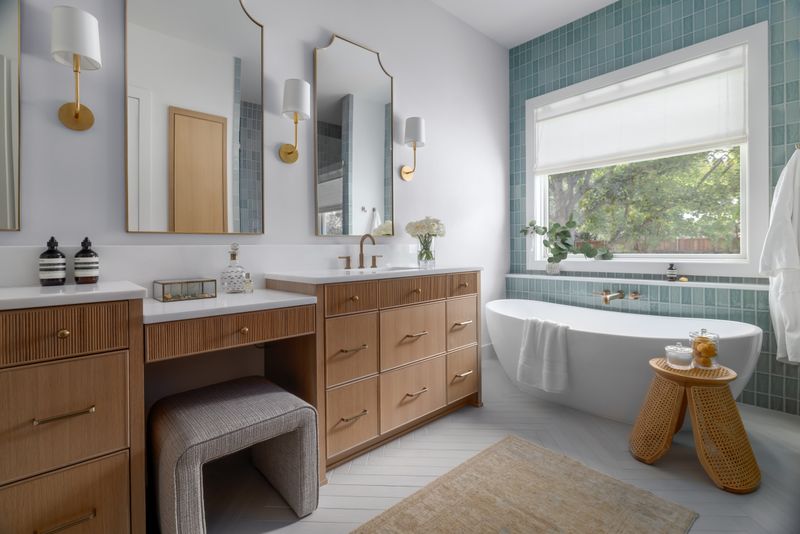
Your vanity and mirror should work together as a team! Too often people install a beautiful vanity then hang their old mirror without considering proportions.
A tiny mirror over a large vanity looks odd, as does an oversized mirror above a petite cabinet. The mirror should generally be a few inches narrower than your vanity for balanced proportions.
Consider medicine cabinet mirrors for extra storage or mirrors with built-in lighting for functionality.
15. Neglecting Clearance Space
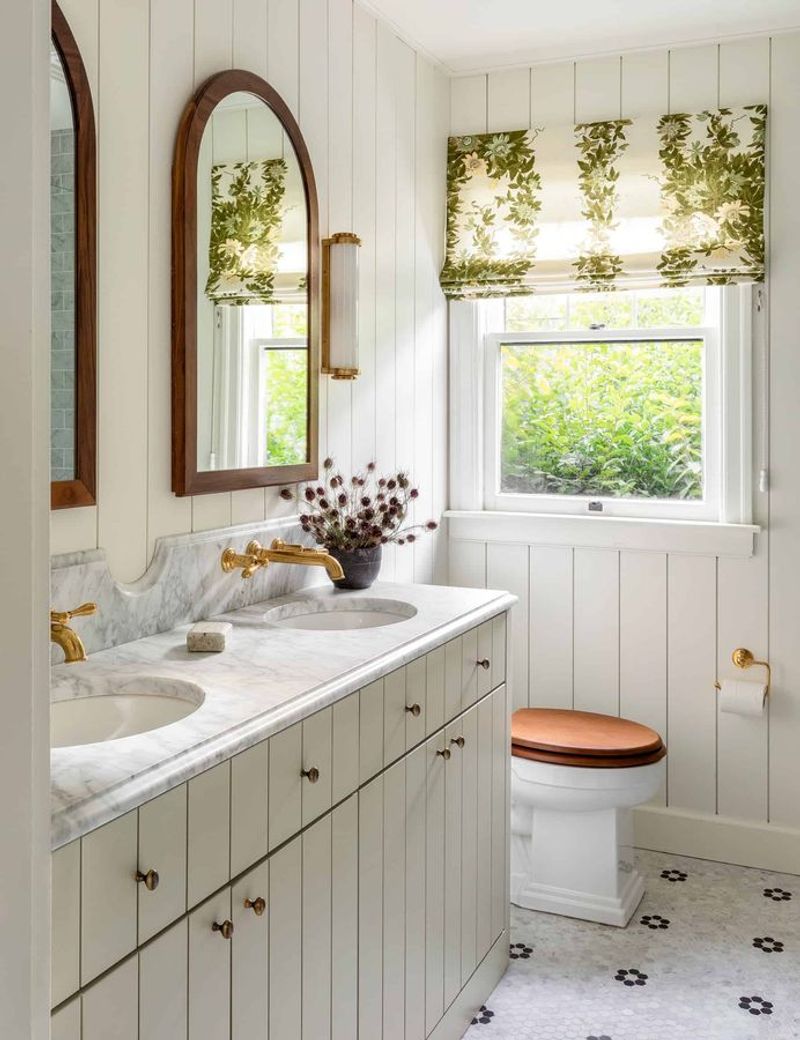
Bathroom doors that can’t fully open because they hit the new vanity create daily frustration. Many homeowners focus on the vanity itself without considering surrounding space.
Allow enough clearance for cabinet doors, drawers, and shower doors to open without obstruction. Traffic flow matters too – two people should be able to navigate around each other comfortably.
Tape out your proposed vanity footprint on the floor before purchasing to visualize how it affects movement in the space.
16. Forgetting About Disposal Of The Old Vanity
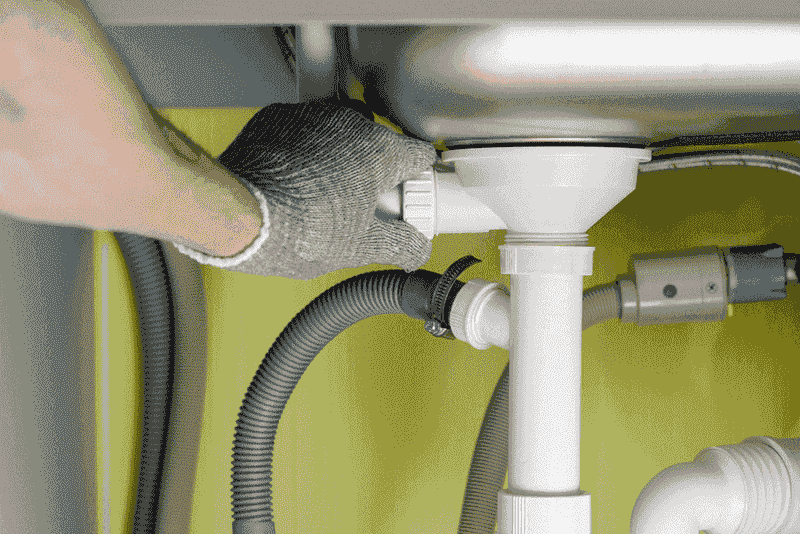
Your old vanity doesn’t magically disappear when the new one arrives! Many homeowners forget to plan for demolition and disposal.
Bathroom fixtures are heavy, awkward to move, and sometimes contain hazardous materials. Check if your local trash service accepts large items or if you need special disposal arrangements.
Factor disposal costs into your budget – renting a dumpster or paying for haul-away service can add hundreds to your project total.
17. Underestimating Total Project Time
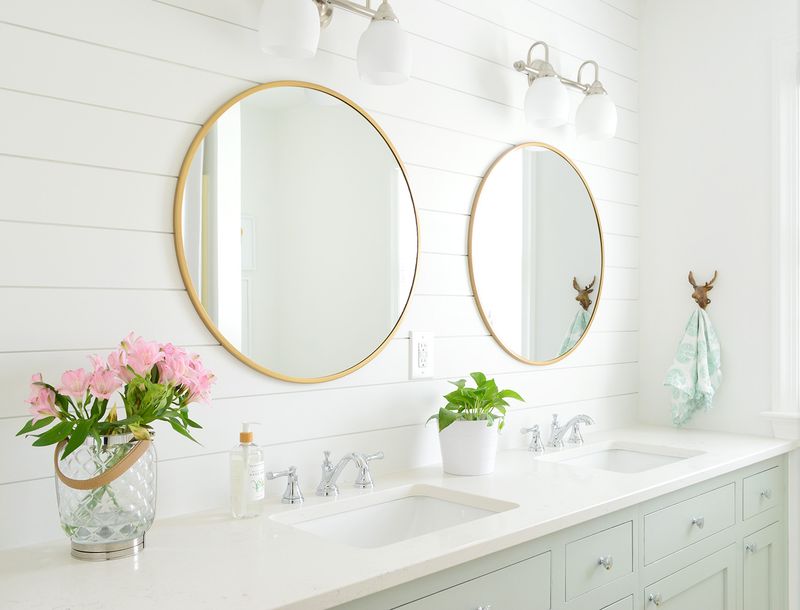
“We’ll have this done in a weekend!” Famous last words of many bathroom renovators. Vanity replacements typically take 2-4 days even for professionals.
Unexpected issues like corroded pipes, uneven floors, or backordered parts can extend timelines significantly. Having your only bathroom out of commission for days creates major household stress.
Plan for at least twice the time you think it will take, especially if you’re DIYing. A realistic timeline prevents disappointment and rushed, sloppy work.

